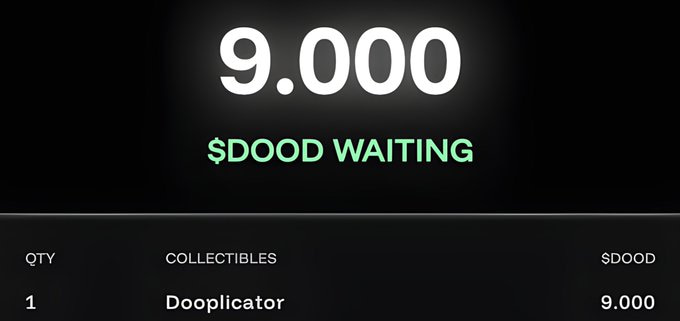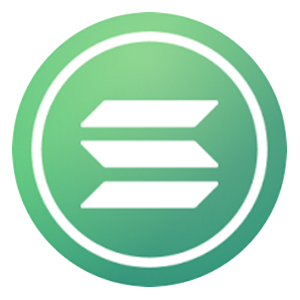L'objectif principal de l'industrie des cryptomonnaies est de créer le Web3, une version décentralisée d'Internet basée sur la technologie blockchain. Cependant, les blockchains actuelles, principalement celles de première et deuxième génération comme Bitcoin (BTC) et Ethereum (ETH), font face à des défis d'isolement et d'interopérabilité limitée. Pour concrétiser la vision du Web3, il est essentiel d'atteindre une interopérabilité entre les blockchains. Des projets comme Clover Finance (CLV) ont émergé pour répondre à ce besoin.
Qu'est-ce que Clover Finance?
Clover Finance est une parachain de Polkadot entièrement interopérable avec la machine virtuelle Ethereum (EVM). Elle vise à améliorer l'interopérabilité entre les chaînes et l'expérience utilisateur dans le secteur de la finance décentralisée (DeFi) en fournissant une infrastructure blockchain conviviale. Sa conception polyvalente en fait également un cadre adapté aux applications basées sur Substrate. Alors que Clover a été fondé en mai 2020, son mainnet a été lancé en juillet 2021, marquant une étape importante pour le projet.
L'équipe Clover Finance
L'équipe Clover Finance est dirigée par les co-fondateurs Norelle Ng, Viven Kirby et Burak Keçeli. Ng, responsable des opérations, a précédemment été conseillère pour Bithumb Global et possède une vaste expérience en interaction homme-machine.
Kirby, responsable du projet, apporte son expertise en tant que planificateur de ressources d'entreprise expérimenté, ayant travaillé en tant qu'architecte Microsoft Dynamics chez AXSource avant de co-fonder Clover. Keçeli est responsable de l'aspect technique de Clover Finance et est un programmeur informatique renommé, crédité de la création de MBO Games et Staqq.
Comment fonctionne Clover Finance?
Clover Finance fonctionne comme un système d'exploitation blockchain polyvalent et complet, offrant une gamme de services au sein de son réseau. Il comprend plusieurs couches : une couche de stockage, une couche de protocole DeFi, une couche de smart contract et une couche d'application externe (eApp). L'une de ses caractéristiques clés est le pont DeFi inter-chaînes à service complet, permettant une interopérabilité transparente entre les blockchains. La plateforme s'adresse aux utilisateurs de tous niveaux d'expertise, la rendant accessible aussi bien aux experts DeFi qu'aux débutants.
CLV: le token natif de Clover Finance
CLV est la cryptomonnaie native de Clover Finance, introduite en juillet 2021. Contrairement à certains tokens ayant une offre maximale fixe, CLV n'a pas de plafond d'émission. L'offre totale de tokens CLV s'élève à 1 milliard, avec une offre en circulation d'environ 583,3 millions de tokens CLV.
Cas d'utilisation du token CLV
CLV, la cryptomonnaie native de Clover, présente plusieurs cas d'utilisation au sein de l'écosystème. Tout d'abord, il est utilisé pour la nomination des validateurs de nœuds, garantissant la sécurité et la fiabilité du réseau. De plus, les détenteurs de CLV peuvent participer activement à la gouvernance du protocole, leur donnant voix au chapitre dans les décisions et les mises à niveau importantes. Au-delà de la gouvernance, le token peut être utilisé pour des activités de trading standard, permettant aux utilisateurs d'acheter, de vendre et d'échanger du CLV sur différentes plateformes d'échanges de cryptomonnaies.
Distribution de CLV
CLV est distribué comme suit:
- Quarante pour cent est alloué aux incitations de l'écosystème.
- Quinze pour cent a été vendu sur Coinlist.
- Douze pour cent est détenu par la Clover Finance Foundation.
- Dix pour cent est destiné aux développeurs de l'équipe.
- Dix pour cent a été attribué aux premiers soutiens qui ont soutenu les premières étapes du projet.
- 7,5 pour cent a été utilisé pour les dépenses de marketing afin de promouvoir et développer l'écosystème.
- Trois pour cent est réservé aux subventions des contributeurs.
- Deux pour cent a été distribué lors d'une vente privée.
Clover Finance: Paver la voie vers des blockchains interopérables
La technologie blockchain révolutionne rapidement diverses industries, offrant une meilleure efficacité et débloquant de nouvelles possibilités. En tant que technologie du futur, la blockchain doit établir le Web3, améliorant les capacités de communication, de transfert de données et de stockage.
Cependant, un défi majeur réside dans la nature isolée de la plupart des blockchains, chacune fonctionnant dans son propre système. C'est là que des projets comme Clover Finance interviennent, présentant un paradigme révolutionnaire pour combler le fossé entre différents systèmes de blockchain. Clover Finance vise à connecter et unifier le paysage blockchain en permettant l'interopérabilité, favorisant un futur décentralisé plus cohérent et connecté.












































